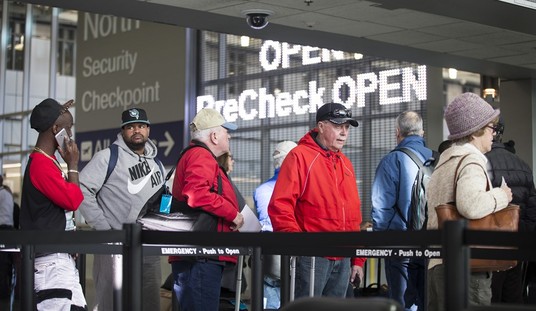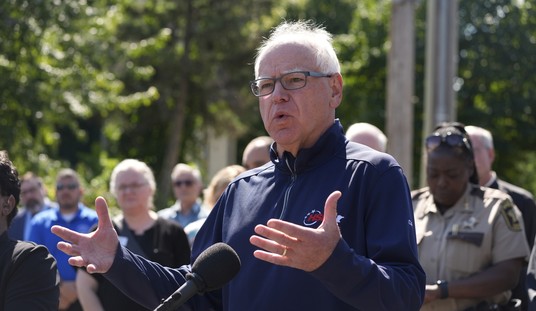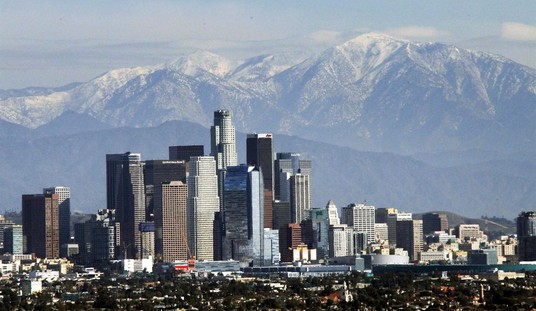By Adam Brandon
It is easy to forget that bad policy ideas aren’t limited to one particular political party. Recently, Hillary Clinton proposed $275 billion in infrastructure spending over five years and $225 billion in loan programs through a national infrastructure bank. Not one to be outdone, Donald Trump pledged to double Clinton’s proposed spending, saying in an interview with Fox Business, “We need much more money to rebuild our infrastructure.”
As it stands now, neither candidate is looking at other ways to address our country’s infrastructure by empowering states to prioritize projects based on their needs, without the influence of bureaucrats and special interests. The top-down, federally-driven approach to infrastructure will be preserved.
The plans put forward by Clinton and Trump are not too dissimilar from the neo-Keynesian thought that drove President Barack Obama, in 2009, to ram an $830 billion so-called “stimulus” plan through Congress. An afterthought in these plans to ramp up spending are the taxpayers, current and future ones, who will be forced to bear the burden.
When Barack Obama entered the White House in January 2009, the national debt stood at $10.6 trillion. It has skyrocketed by 82 percent, to $19.4 trillion during his two terms in office. This is on top of the 85 percent increase in the national debt under his predecessor, George W. Bush. The fiscal future the United States presents even more very serious challenges for our economy. Budget deficits are beginning to rise again and, absent real entitlement reforms that encourage economic growth, the public’s share of the national debt will eclipse the size of the economy in less than 20 years.
The current path we’re on as a nation is fiscally unsustainable. Outside the box solutions are needed to address public policy issues, such as infrastructure. Americans don’t need more of the same — more government, more spending, and more debt. But the plans currently offered will be prioritized by government bureaucrats and undoubtedly be a feeding trough for rent-seeking K Street special interests.
Some infrastructure projects that have been financed with federal dollars have turned out to be boondoggles for taxpayers. Atlanta was given a $47 million grant from the U.S. Department of Transportation to build a streetcar system in the heart of the city. Despite the hype, the streetcar, the opening of which was delayed, has been plagued by cost-overruns, low ridership, and a bevy of other problems. In fact, the problems with the streetcar were so serious that the Georgia Department of Transportation threatened to shut it down less than two years after it opened.
Atlanta isn’t alone. California has seen the costs for Phase 1 of its high-speed rail system, from San Francisco to Los Angeles, more than double, from $33 billion to $68 billion. The system, which was once hailed by President Obama, is plagued by missed deadlines. The initial operating segment, which will run from Madera to Bakersfield, is expected to cost $6 billion, $3.3 billion of which is provided by the federal government.
These two particular projects aren’t the only infrastructure boondoggles aided by federal taxpayer dollars. But they are good examples of how malinvestment is disguised as infrastructure spending. What’s needed is a smarter allocation of the billions of dollars we already spend rather than pouring on more borrowed money.
If presidential candidates are truly looking for real solutions that break from the status quo and change the business-as-usual mentality that afflicts Washington, they should embrace the Transportation Empowerment Act, a bicameral bill introduced by Sen. Mike Lee (R-Utah) and Rep. Ron DeSantis (R-Fla.).
The Transportation Empowerment Act (TEA), H.R. 2716 and S. 1541, gradually removes the influence of federal bureaucrats who serve as a middleman between the federal government and states. The bill would also reduce the federal gas tax over five years, retaining only enough tax to maintain the existing interstate system.
The TEA gives the states control of transportation decisions: what to build, how to build it, and how much gas tax to charge. Eliminating this layer of federal bureaucracy would save money, speed up projects, and ensure that projects are approved based on what the states know is needed rather than the dictates of Washington bureaucrats.
The approach offered by Sen. Lee and Rep. DeSantis is better than pouring more federal taxpayer dollars into high-speed trains and streetcars to nowhere.
Adam Brandon is the president and CEO of FreedomWorks.














Join the conversation as a VIP Member